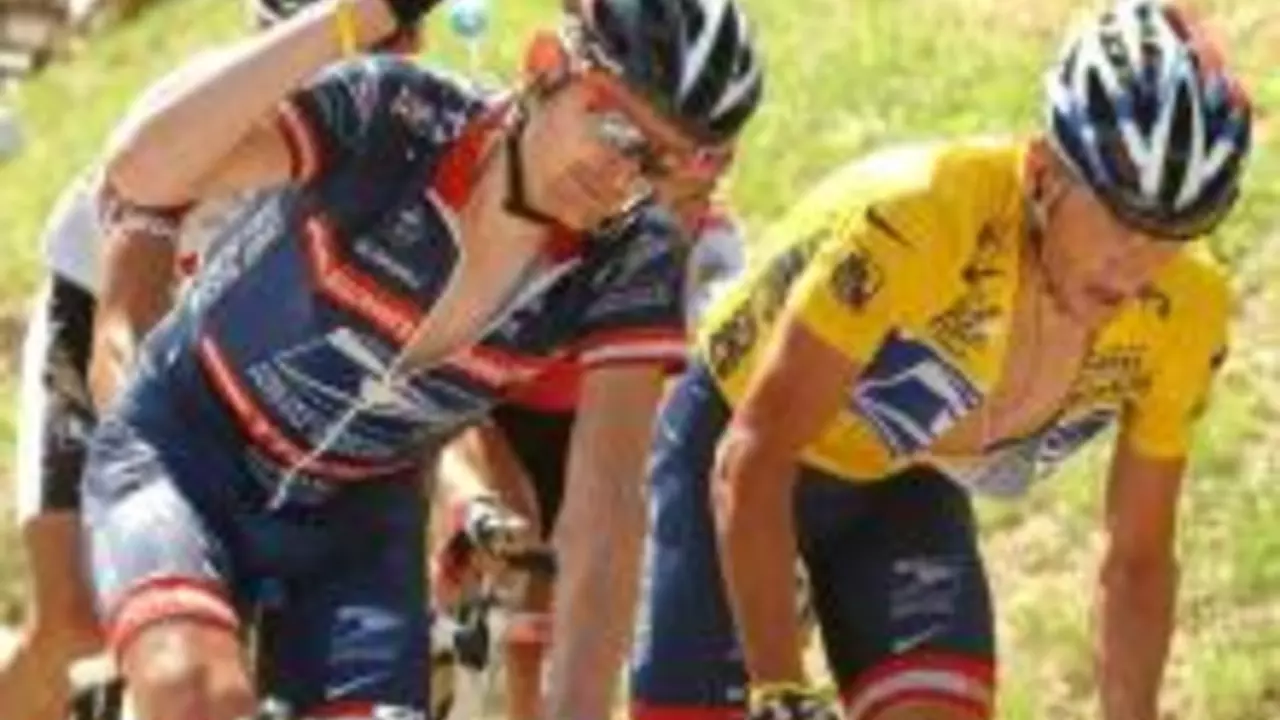Key Factors for Cycling Performance Enhancement
First, a solid cycling training plan balances interval work with long rides. Interval sessions push VO₂ max, while endurance rides expand the aerobic base. A weekly schedule that mixes 90‑minute endurance rides, 2‑hour sweet‑spot intervals and 30‑minute high‑intensity bursts creates measurable gains. Monitoring heart rate and power output lets you fine‑tune intensity, turning vague effort into data‑driven progress. The link is clear: Performance enhancement requires systematic training.
Second, bike fitting removes mechanical inefficiencies. A misaligned saddle can shave a few watts off each pedal stroke and cause knee pain, limiting mileage. Professional fitting uses a static analysis of inseam length, hip angle and foot position, followed by dynamic checks on a trainer. Adjusting saddle setback by just 5 mm often improves hip extension and power transfer. The outcome is simple: Performance enhancement benefits from an optimal bike fit.
Third, nutrition acts as the fuel pipeline. Consuming 30–60 g of carbs per hour during rides longer than 90 minutes maintains blood glucose and delays fatigue. Post‑ride, a 3:1 ratio of carbs to protein within 30 minutes reloads glycogen and sparks muscle repair. Hydration, often overlooked, influences cardiovascular function; a loss of just 2 % body water reduces performance by up to 5 %. Consequently, Performance enhancement hinges on targeted nutrition strategies.
Lastly, the right equipment translates effort into speed. Aerodynamic wheels can cut drag by 5–10 %, shaving minutes off a 100 km ride. Lightweight cranksets reduce rotational inertia, making accelerations smoother. Yet equipment alone won’t close the gap without the other three pillars. Think of gear as the final piece that unlocks the potential created by training, fit and food. In short, Performance enhancement is a holistic system where each element amplifies the others.
Below you’ll see articles that dive deeper into each of these areas—real‑world tips, science‑backed methods and gear reviews that can help you apply the concepts right now. Whether you’re chasing a personal best or simply want to feel stronger on every ride, the collection offers actionable insight to boost your performance.
